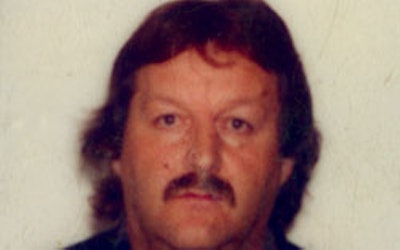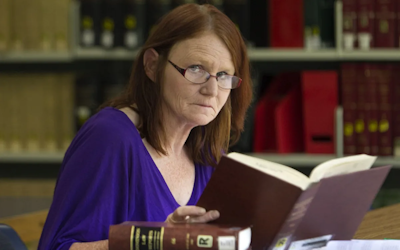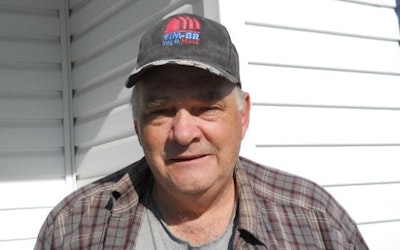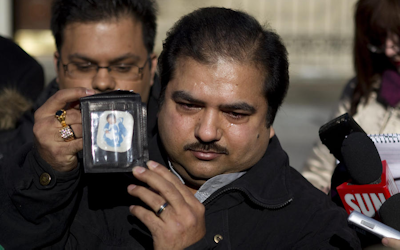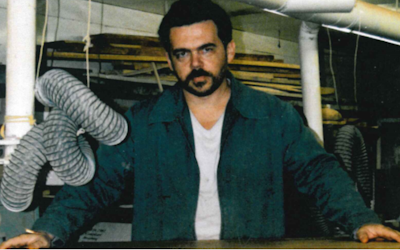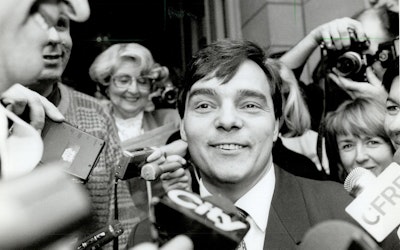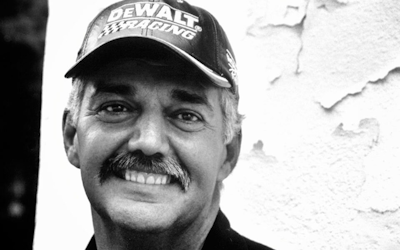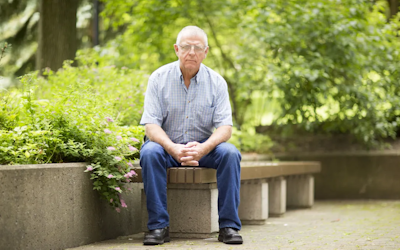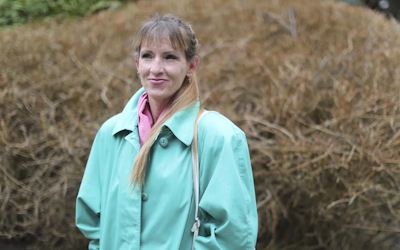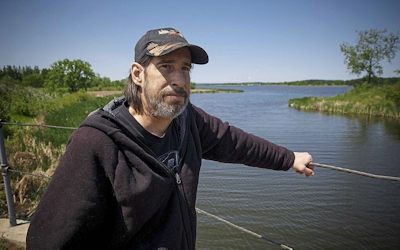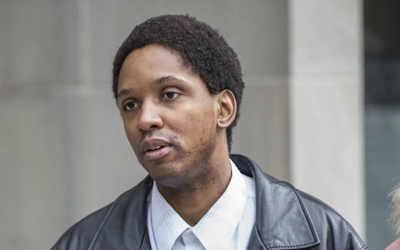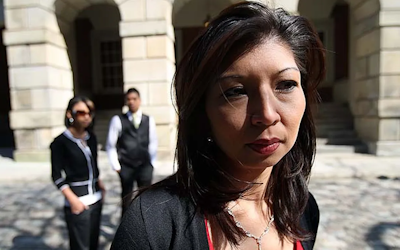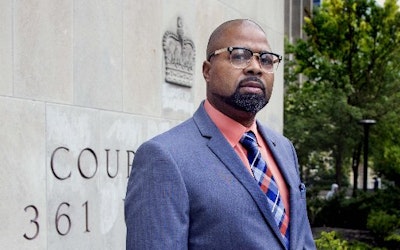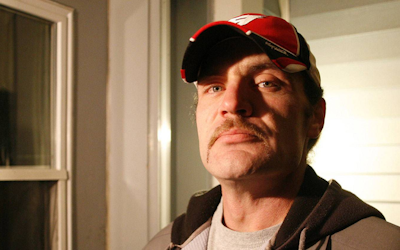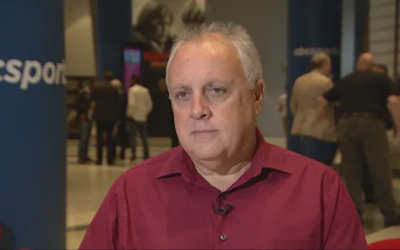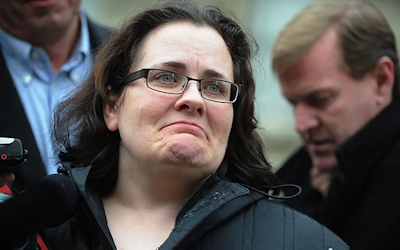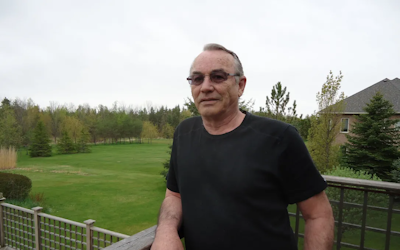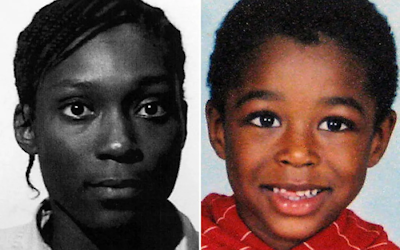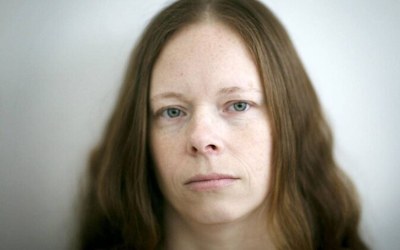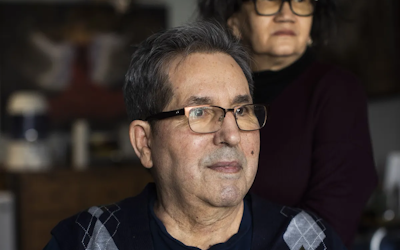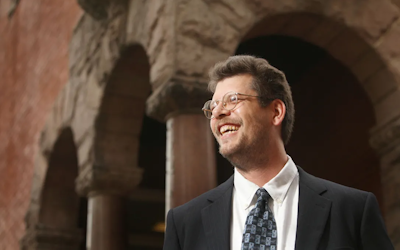Wrong or misleading forensic evidence offered by expert witnesses plays a role in many wrongful convictions. The advent of DNA evidence and advances in medical sciences such as forensic pathology and toxicology have discredited not only specific experts, but entire subfields once relied on as good science. For instance, unreliable hair testing methods contributed to several Canadian wrongful convictions--and thousands of other court proceedings.
False forensics are the leading cause of wrongful convictions in this Registry. Such convictions can result from one or more of the following problems. First, forensic evidence might be overlooked, or collected or stored improperly. Second, the expert might make errors (such as omitting steps in an autopsy). Third, the expert might misinterpret findings. Fourth, the forensic evidence might be misleadingly presented by one or more justice system actors--experts, lawyers, police, and judges--for instance, by treating unclear findings as if there were no room for doubt. Finally, the science might simply be wrong, and that fact may not come to light for decades after the wrongful conviction.
Infamously, all of these problems and illustrative examples compromised disgraced ex-pathologist Charles Smith's evidence on one or more occasions. Smith's testimony led to many wrongful convictions of marginalized parents believed to have killed their children.
Commissions of Inquiry and forensic scientists have repeatedly emphasized the need for proper safeguards and scientific literacy to curtail reliance on faulty forensics. Still, concerns remain that Canadian courts accept forensic evidence without being assured of quality control and validation of the underlying science that supports the expert’s opinion.
